PCBs come in all shapes, sizes and complexities to meet the changing demand of the technology we use on a daily basis. Some devices are getting smaller but still more powerful with every iteration and keeping up with demand is essential for the businesses behind these gadgets. What goes on under the surface is often missed by the casual user but it’s something that’s at the forefront of everything we do at UK Electronics.
Our team are experts at designing, testing and manufacturing all kinds of printed circuit boards, from simple, single-layered units to multi-layered components to meet all specifications. This has made us one of the most popular choices for PCB assembly in the UK, and one trend has caught our attention; single-board devices.
The thinking behind it is clear – using one PCB that handles all components and functions the device needs. There are many benefits, including fewer materials and concise layouts but it’s not suitable for everything, and while it’s an interesting practise, it does need to be thought out before PCB manufacturing can begin.
With any trend or breakthrough, understanding the industry or purpose they’d be used in is the first step, followed be looking at what the PCB needs to be able to do within that device. This will have big impact on the design, and the end result.
Why is this approach useful?
While not always applicable, single-board devices are a great way to keep components of a device in one place and in a more organised manner. Choosing this design reduces the amount of connecting parts and it also becomes easier to identify any problems or issues that arise over time. Replacements are also easier to complete as there are fewer connections to work with.
Depending on the size of the device, and its purpose, this is a great option to adopt, and is particularly prominent with computers and similar technology. While there will always be other components to work with, it doesn’t mean the PCB can’t be more efficient and effective with its design and that’s what we’re exploring here.
Smaller devices have a harder time using this method due to the limits and space, as well as the requirements for the device, but each PCB can benefit from clear design and a focus on functionality.
Overcoming the challenges
As you might expect with any PCB design, there are challenges to overcome to meet the requirements of the device or technology the units are being created for. These have to be taken into account and tested before we begin any PCB manufacturing to ensure no problems arise.
We have a dedicated PCB prototyping service to make sure our designs work as intended, and this gives us the information to predict how a component will work as well as any changes that need to be made. This ensures we’re always delivering the highest quality PCBs on every order. When a device is using only single board, this becomes even more important.
To find out more about our PCB design and manufacturing services, contact an expert at UK Electronics now and see how we can help.

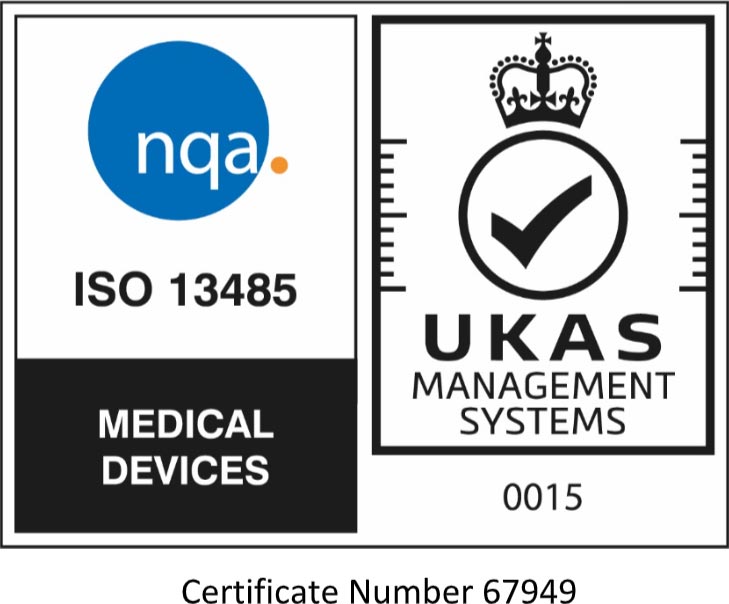





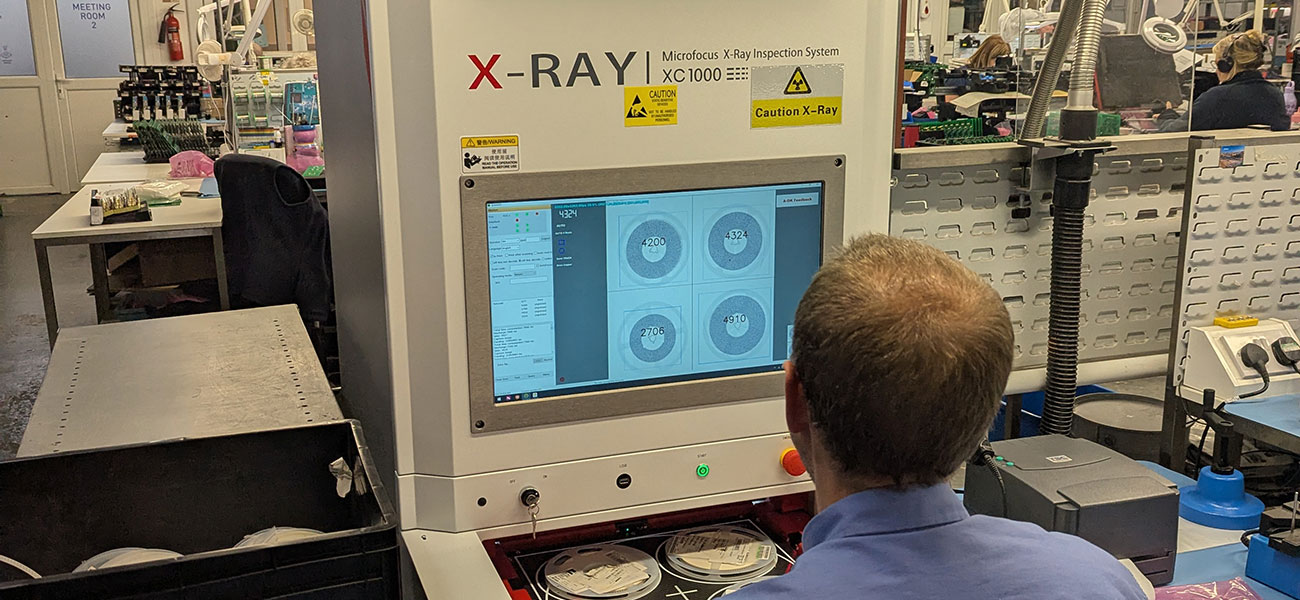
 PCB Design
PCB Design 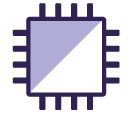 Electronic Assembly
Electronic Assembly  PCB Prototyping
PCB Prototyping  EMC Testing
EMC Testing 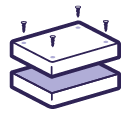 Box Build
Box Build 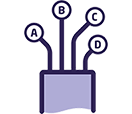 Cable Assembly
Cable Assembly